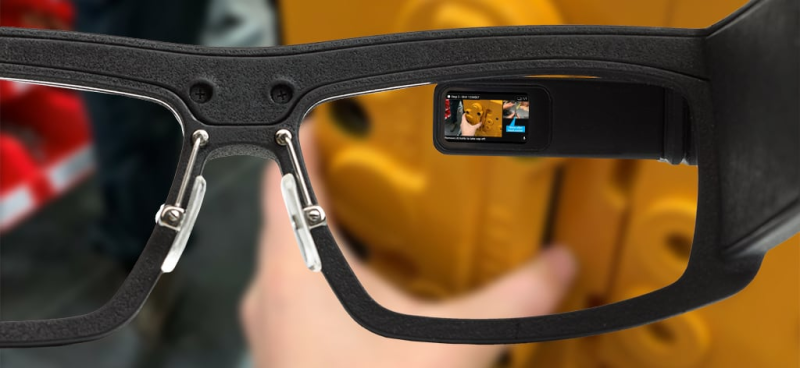Assembly industry
Ensure the optimal functioning of the assembly lines and take care of stage-gate control and product inspection at the end of the line.

Challenges

In order to ensure that things are done “first time right,” thousands of Assembly Instructions are created to train people throughout the organization. Each of these documents provides a step-by-step description of how an assembly activity should be done. Unfortunately, documents are fine for reading at a desk, but hardly usable while working and constantly moving around the machine in the assembly workstation. There is also no execution trace to proof whether people have been following the instruction.
Quite often, assembly products are characterized by many different configuration options. This typically results in millions of unique product variations, with each of them produced in small quantities. The configuration and variation complexity pose a true challenge for both operators and inspectors.
In order to confirm that things have been done right, millions of checklists are required to inspect the many different configurations. Currently companies mostly work with generic checklists, listing many checks that are not applicable for a specific configuration. These checklists are still paper or Excel based and generate quite some non-value-added administration. Traditional inspection forms, whether paper-based or digital, are hard to use while doing a job that requires you to use both hands. Moreover, checklists are a passive registration of what’s good and what’s not. They don’t provide an adequate solution for how to escalate issues effectively and to ensure that they get solved.
Our solution
Proceedix is a digital inspection and instruction workflow execution platform. The core of our system is not a form but a workflow specifying each task of an instruction or inspection and indicating how it should be done right. Each time a workflow is executed all details are logged in a unique execution.
The Proceedix platform has various features particularly designed to cope with typical instruction and inspection execution requirements in assembly industry.
Typical use cases of Proceedix in the Assembly Industry include:
- Assembly instructions
- Product quality inspections
- Periodical tool and equipment inspections
- Cart picking/preparation instructions
- On-the-job training for assembly operators
Use cases
Workflow configurator
A workflow configuration mechanism with dynamic cards allows our customers to create a single “mother” inspection or instruction workflow and automatically derive the right variant depending on the product being assembled or inspected.
Integration API
Module enabling a bi-directional connection of Proceedix with ERP/MES/PLM/CMMS.
Personalized assembly instructions
A particular set of tasks and information cards are displayed based on the operator’s skill level and need for guidance.
Issue escalation mechanism
Workflow mechanism enabling the operator or inspector to escalate an issue to the right team in a click with full execution traceability.
IoT card
Workflow feature to display smart sensor information in any task of an instruction or inspection.
Explore all products
-
Manufacturing Operations Management
Track what’s important and gain insights from the hidden data behind your product execution process.
-
Manufacturing Analytics
Real-time operational insights, actionable metrics, and industry-specific calculations.
-
Performance and Reliability
Unite trusted technology with cutting-edge AI.
-
Connected Worker
Connect deskless workers with step-by-step instructions and inspections.